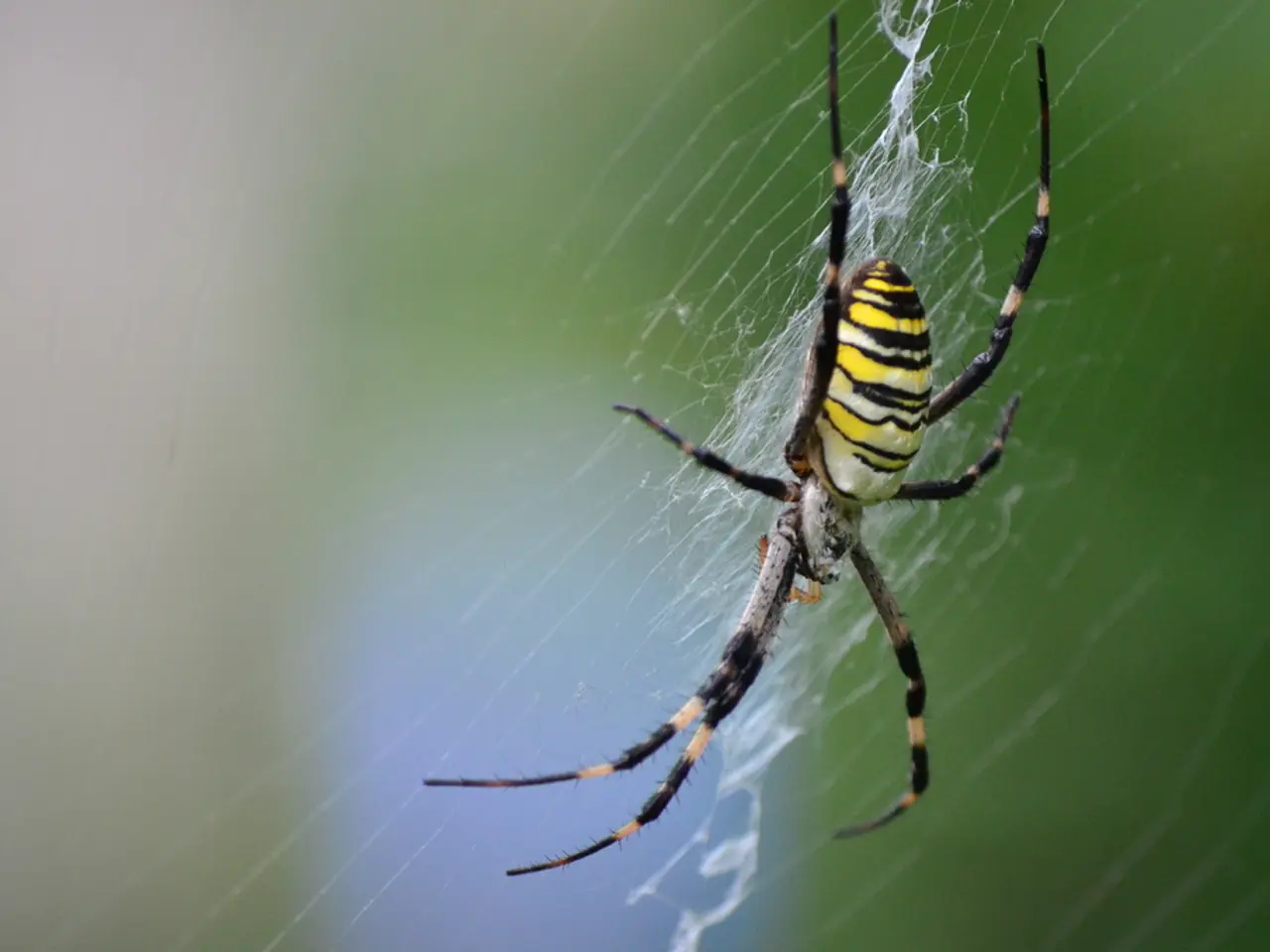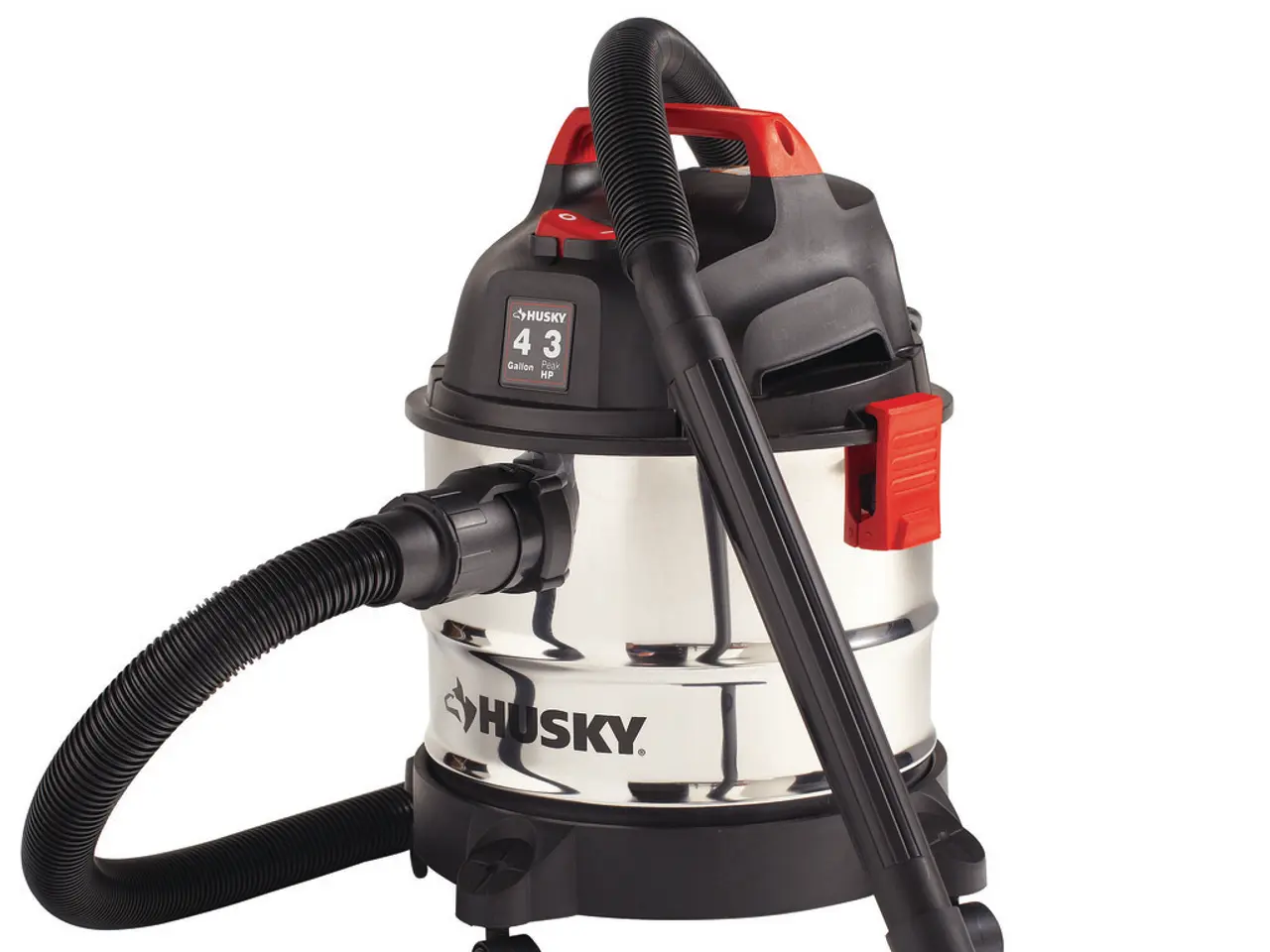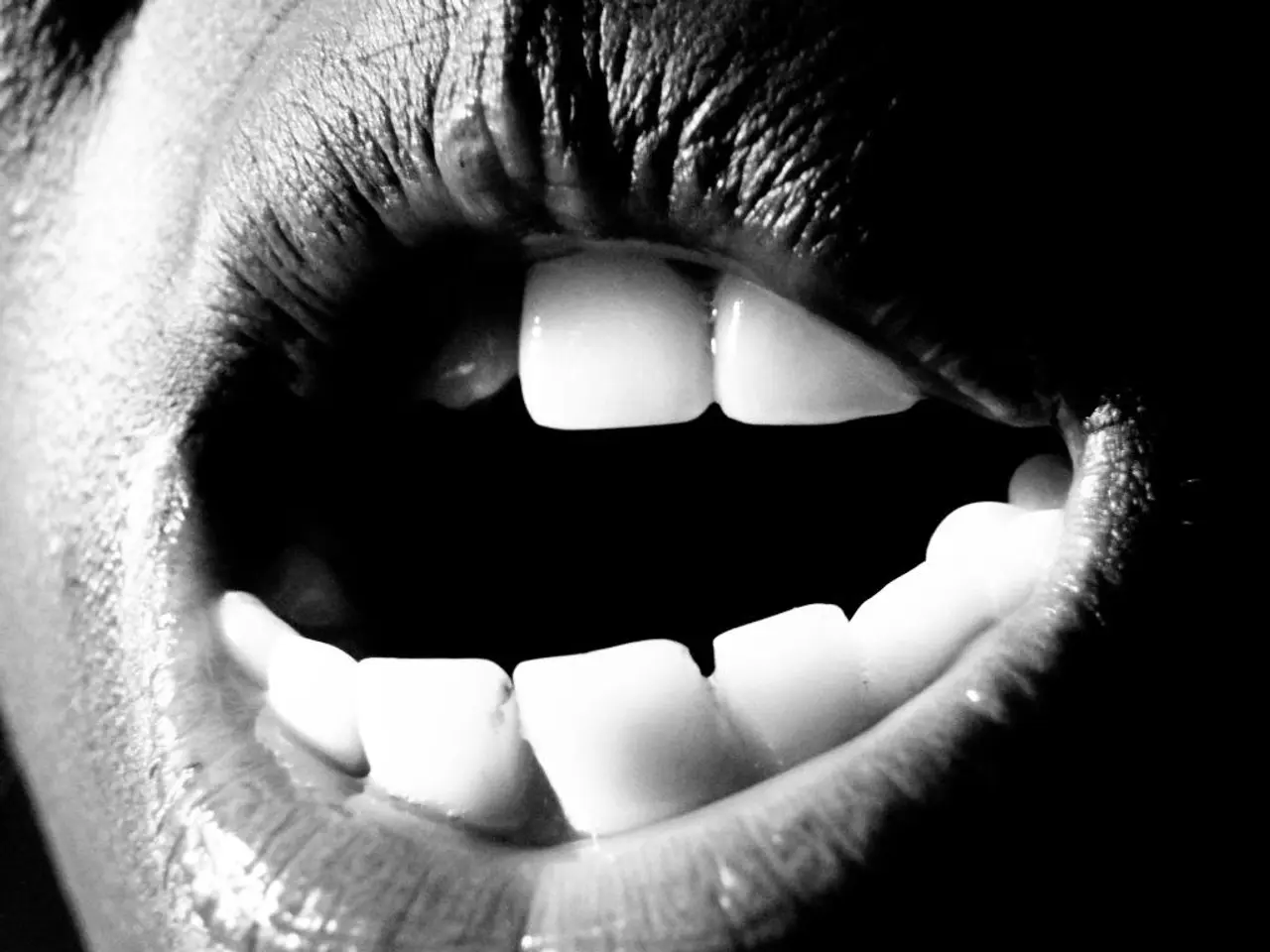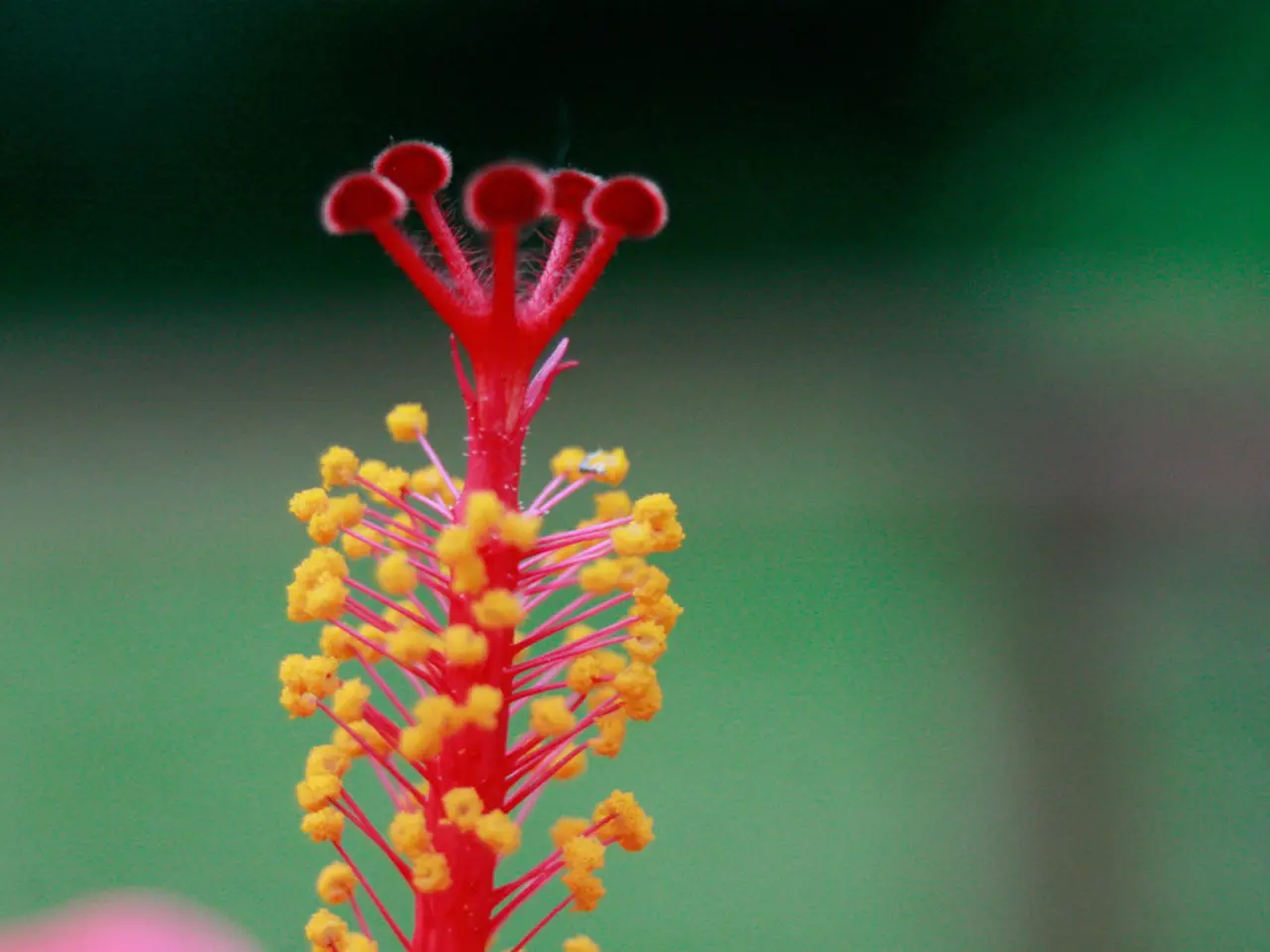Spider veins: Understanding causes, available treatments, and strategies for prevention
In a world where appearances matter, the emergence of unsightly spider veins can be a cause for concern. These small, web-like veins can appear on various parts of the body, most commonly on the face and legs. But fear not, for there are several treatment options available to help reduce their appearance or even remove them altogether.
For spider veins on the face, the recommended treatments include Sclerotherapy, VeinGogh Thermocoagulation, and laser treatments such as Vbeam and IPL. Sclerotherapy involves an injectable solution that collapses targeted spider veins, causing them to fade over time. VeinGogh Thermocoagulation uses controlled bursts of high-frequency energy to seal off small fine facial veins, requiring no anesthesia and having little to no downtime. Laser treatments, like Vbeam and IPL, target and destroy the blood vessels causing facial veins to fade, with chemical peels also helping to reduce their appearance.
On the other hand, for spider veins on the legs, including feet and ankles, the main options are Sclerotherapy and laser treatments like the excel V+ laser. Sclerotherapy, an FDA-approved chemical solution, is injected to collapse and fade the unsightly veins, often requiring multiple treatments spaced weeks apart. The excel V+ laser uses a heating and cooling laser procedure to treat smaller spider veins effectively and gently, with minimal downtime.
Prevention methods for spider veins on both face and legs include avoiding prolonged sun exposure and using sun protection for facial spider veins, regular exercise and maintaining a healthy weight to improve circulation and reduce vein strain, especially in the legs, elevating legs when resting, and avoiding prolonged standing or sitting. Wearing compression stockings if prone to vein issues can support blood flow, while avoiding tight clothing that restricts circulation is also beneficial.
It is essential to remember that all treatments are minimally invasive or non-invasive, performed in-office, often taking less than 30 minutes per session with little to no downtime. Sun damage can cause spider veins, especially on the face. Spider veins and varicose veins are caused by weakness or damage in the veins. Varicose veins are larger and deeper than spider veins, and may appear lumpy or twisted.
Up to 90% of people with spider veins have a family history of them. Pregnancy, being female, age, having overweight, hormones, sitting or standing for extended periods, past blood clots or vein damage, and excess pressure in the face can increase a person's risk of developing spider veins. It is always essential to consult a licensed healthcare professional who specializes in dermatology, vein care, or cosmetic or plastic surgery before undergoing any medical procedures for spider veins.
For best results, consulting a board-certified vein specialist or dermatologist is recommended to tailor treatments to your specific case and skin type. They can also rule out underlying vein disease in the legs or other causes for facial veins. These treatments are typically outpatient procedures with minimal downtime and can significantly improve appearance and comfort.
| Area | Recommended Treatments | Prevention Methods | |---------------|-----------------------------------------------------------|----------------------------------------------------| | Face | Sclerotherapy, VeinGogh Thermocoagulation, Vbeam/IPL lasers | Sun protection, avoid trauma, skincare | | Legs (including feet/ankles) | Sclerotherapy, excel V+ laser, other vein ablation techniques for varicose veins | Exercise, elevate legs, compression stockings, avoid prolonged standing |
- The appearance of spider veins can cause concern, especially on the face and legs, but there are treatment options available.
- For spider veins on the face, Sclerotherapy, VeinGogh Thermocoagulation, Vbeam, and IPL lasers are recommended treatments.
- Sclerotherapy involves an injectable solution that collapses targeted spider veins, reducing their appearance over time.
- VeinGogh Thermocoagulation uses high-frequency energy to seal off small fine facial veins, requiring no anesthesia and minimal downtime.
- Laser treatments like Vbeam and IPL target and destroy the blood vessels causing facial veins to fade.
- Chemical peels can also help reduce the appearance of facial spider veins.
- For spider veins on the legs, including feet and ankles, Sclerotherapy and the excel V+ laser are the main treatment options.
- The excel V+ laser uses a heating and cooling laser procedure to treat smaller spider veins effectively and gently.
- Prevention methods for spider veins on both face and legs include avoiding prolonged sun exposure, regular exercise, maintaining a healthy weight, elevating legs when resting, and avoiding prolonged standing or sitting.
- Wearing compression stockings can support blood flow, while avoiding tight clothing that restricts circulation is beneficial.
- All treatments are minimally invasive or non-invasive, performed in-office, often taking less than 30 minutes per session, with little to no downtime.
- Sun damage can cause spider veins, especially on the face, and spider veins and varicose veins are caused by weakness or damage in the veins.
- Up to 90% of people with spider veins have a family history of them, and pregnancy, being female, age, having overweight, hormones, prolonged standing or sitting, past blood clots or vein damage, and excess pressure in the face can increase a person's risk of developing spider veins.
- It's essential to consult a licensed healthcare professional before undergoing any medical procedures for spider veins. For best results, consulting a board-certified vein specialist or dermatologist is recommended to tailor treatments to your specific case and skin type. These treatments are typically outpatient procedures with minimal downtime and can significantly improve appearance and comfort.




